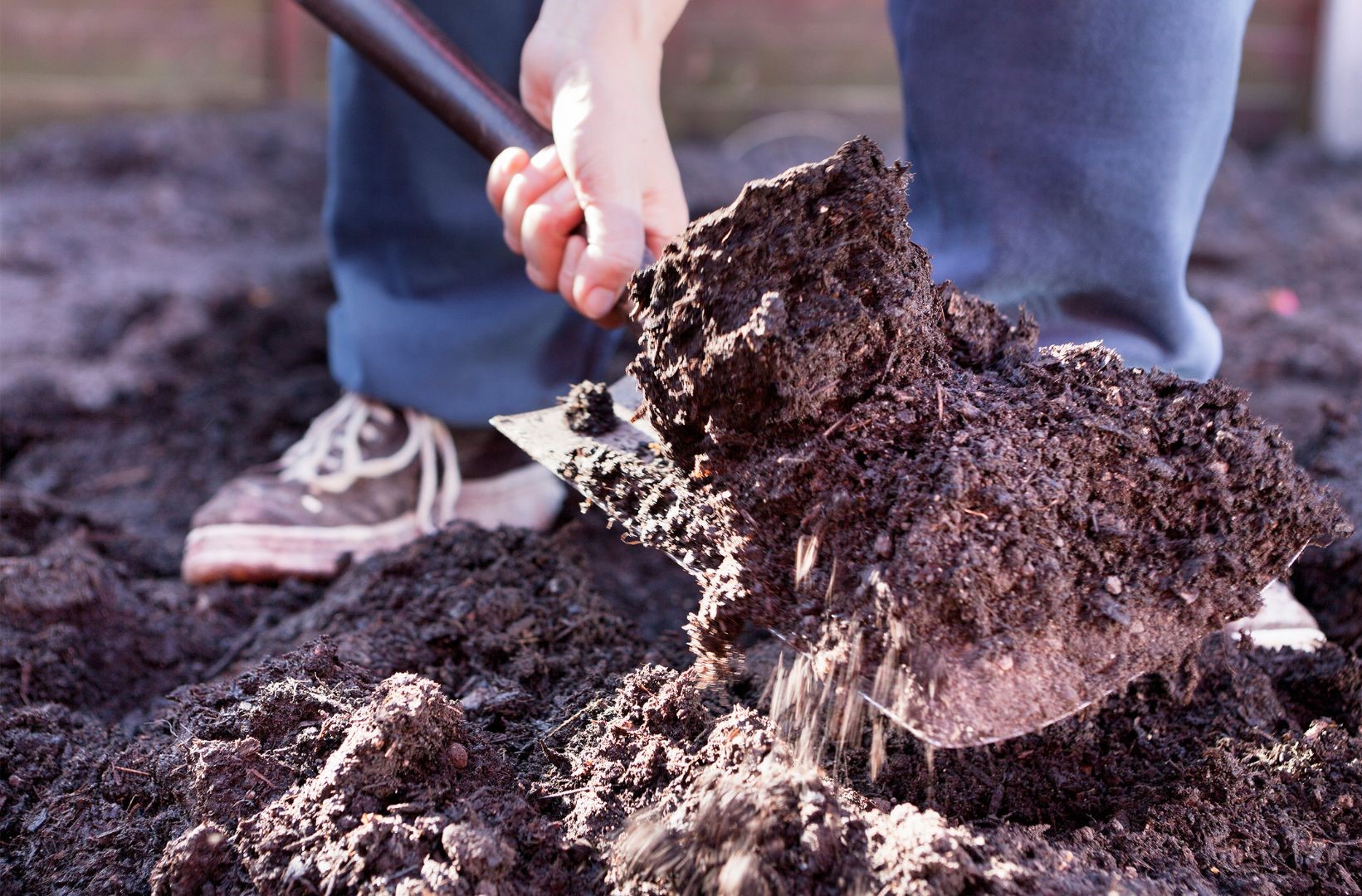What is circular bioeconomy/agriculture?

This post is also available in:
This post is also available in:
![]() Español (Spanish)
Español (Spanish) ![]() Русский (Russian)
Русский (Russian) ![]() Ελληνικά (Greek)
Ελληνικά (Greek) ![]() Indonesia (Indonesian)
Indonesia (Indonesian)
Circular agriculture is a modern agricultural management concept that has as a main principle the optimization of use of all biomass and resources and, as a result, reducing waste. The agricultural system, in order to become sustainable and viable, should transition from a linear format/structure to a circular one.
In a circular system, farmers (and any other stakeholder involved) should reduce the amount of external inputs (like synthetic chemical fertilizers) and take measures to close nutrient loops (whatever is removed from the system should find its way back to it (e.g., energy, nutrients, etc.)). By reducing the emissions and biomass (nutrient) losses, the system can help to minimize the ecological footprint of the sector.
At the same time, it assists the conservation and regeneration of the agroecosystem, making it more climate resilient. Based on research results, it is estimated that a circular food system can lead to the reduction of chemical fertilizers even by up to 80%.
An example of circular bioeconomy/agriculture
Recycling of nutrients inside the Olive Grove – Exploitation of cut woods after pruning
After pruning, rather than removing cut branches or burning them (usually in conventional farming), olive farmers crush them with special machinery, decimate the tree’s branches, and deposit the sawdust on the soil. This has beneficial effects, as it has been calculated that for every 1,000 kg (2,205 pounds)of olive wood (with 50% moisture) incorporated into the soil, 4 kg (8.8 pounds) of nitrogen, 0.5 kg (1.1 pounds) of phosphorus, 4 kg (8.8 pounds) of potassium, 5 kg (11 pounds) of calcium, and 1 kg (2.2 pounds) of magnesium are added to it (Amirante et al., 2002).
This method reduces the need for additional chemical fertilizers. In this way, we have the least possible inputs and outputs and promote the recycling of the elements within the olive orchard. There are, of course, cases in which tree branches must be removed immediately from an organic orchard, for example, when a tree tissue suffers from a pest or a disease.










































































